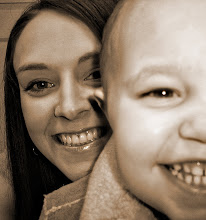



Nuclear medicine uses radioactive isotopes and relies on radioactive decay in the diagnosis and treatment of disease. The patient is injected with radiopharmaceuticals that can localize specific organs or cellular receptors. This allows nuclear medicine to have the ability to image the extent of a disease-process in the body. In some cases nuclear medicine studies can identify medical problems at an earlier stage than other diagnostic tests. External detectors (gamma cameras) capture and form images from the radiation emitted by the radiopharmaceuticals. There are several techniques used in nuclear medicine. Scintigraphy uses radioisotopes to create 2-D images, SPECT is used to create 3-D projections and Positron emission tomography (PET) uses detection to image functional processes. The amount of radiation from diagnostic nuclear medicine procedures is kept "ALARA" As Low As Reasonably Achievable). The dose can vary greatly depending on the type of study. Some procedures requie patient preparation before the study. For example, dietary preparation or withholding certain medicaitons. The medication used in nuclear medicine emits ionizing radiation that travels short distances and minimizes unwanted side effects and damange to uninvolved organs. Most procedures are outpatient procedures, meaning the patient will go home the same day. Some of the most common procedures are 131l-sodium iodide for hyperthyroidism and thyroid cancer, yttrium-90 and iodine-131 for refractory lymphoma and 131I-MIBG for neuroendocrine tumors.


No comments:
Post a Comment